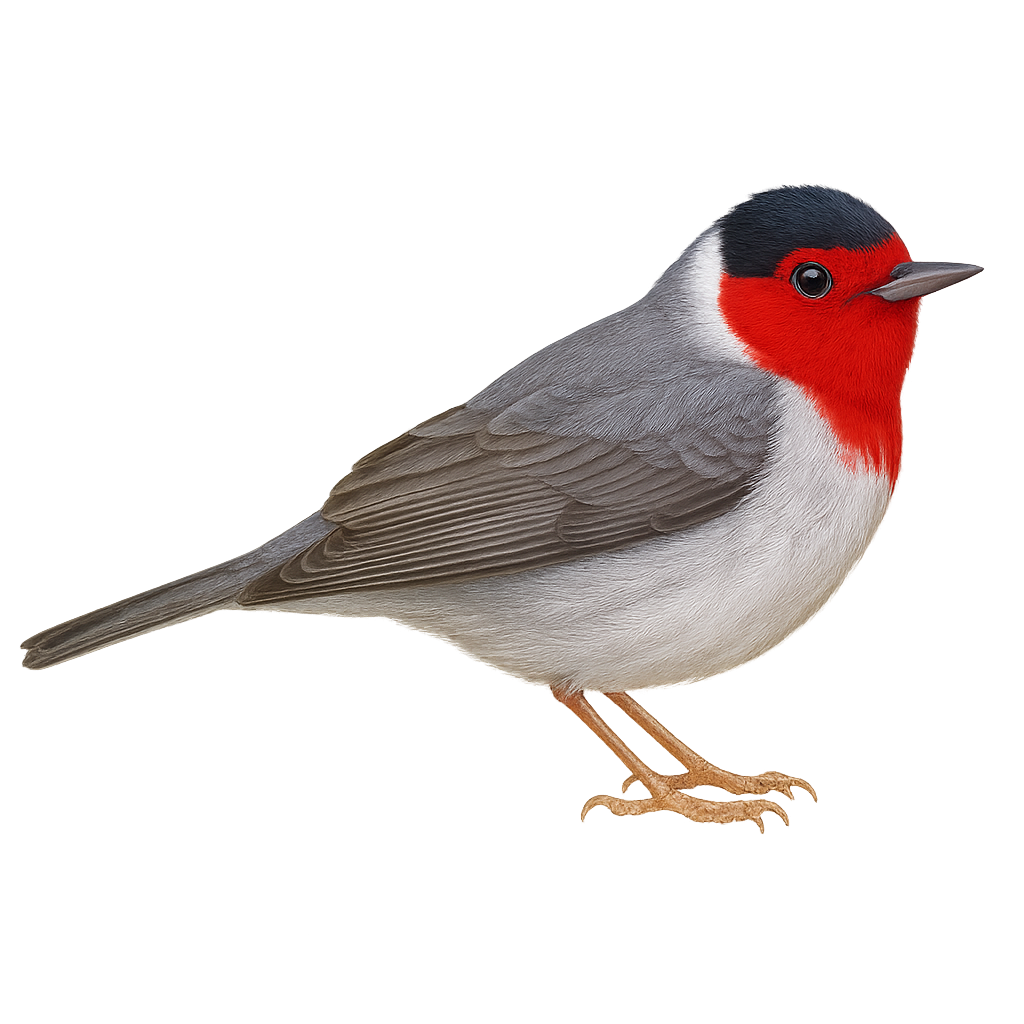Your wildlife photography guide.
Explore the red-faced warbler in detail, study its behavior, prepare your shots.
Where to observe and photograph the red-faced warbler in the wild
Learn where and when to spot the red-faced warbler in the wild, how to identify the species based on distinctive features, and what natural environments it inhabits. The WildlifePhotographer app offers tailored photography tips that reflect the red-faced warbler’s behavior, helping you capture better wildlife images. Explore the full species profile for key information including description, habitat, active periods, and approach techniques.
Red-faced Warbler
Scientific name: Cardellina rubrifrons

IUCN Status: Least Concern
Family: PARULIDAE
Group: Birds
Sensitivity to human approach: Suspicious
Minimum approach distance: 10 m
Courtship display: June to July
Incubation: 12-14 jours
Hatchings: July
Habitat:
coniferous forests, mountains, undergrowth
Activity period :
Primarily active during the day, with peak activity in the morning and late afternoon.
Identification and description:
The Red-faced Warbler, or Cardellina rubrifrons, is a small, brightly colored songbird primarily found in the coniferous forests of the southwestern United States and Mexico. This passerine is notable for its vivid red face, contrasting with its gray back and white belly. It is often seen foraging for insects in dense foliage, moving with agility and speed. Although its song is subtle, it is recognizable by its melodic trills. The Red-faced Warbler is a migratory bird, spending its winters in the warmer regions of Mexico. Its population is stable, though deforestation poses a potential threat to its natural habitat.
Recommended lens:
400mm – adjust based on distance, desired framing (portrait or habitat), and approach conditions.
Photography tips:
To photograph the Red-faced Warbler, it is advisable to use a 400mm lens or longer to capture detailed images without disturbing the bird. Look for them in coniferous forests, where they often move through dense foliage. Be patient and wait for them to perch on an open branch to get a clear shot. Morning or afternoon light is ideal to highlight the bright colors of their plumage. Use a tripod to stabilize your camera and avoid motion blur.
The WildlifePhotographer App is coming soon!
Be the first to explore the best nature spots, track rutting seasons, log your observations, and observe more wildlife.
Already 1 439 wildlife lovers subscribed worldwide

